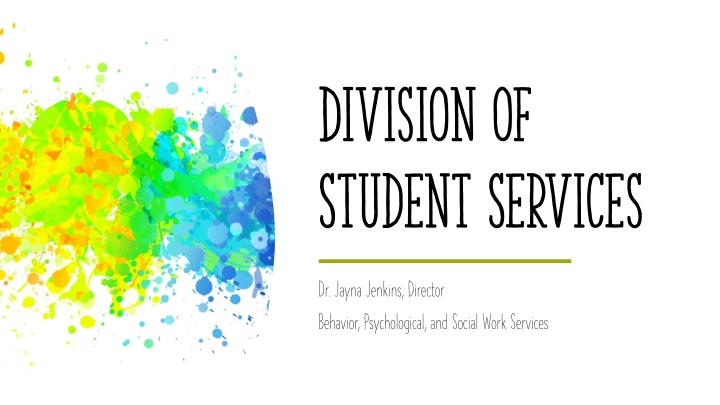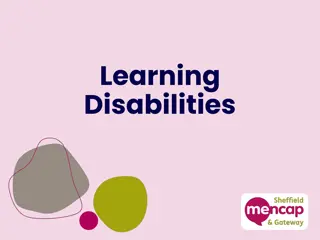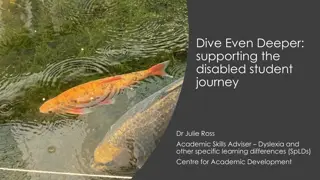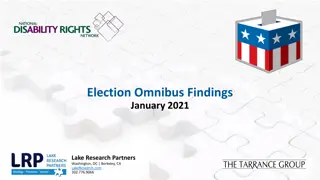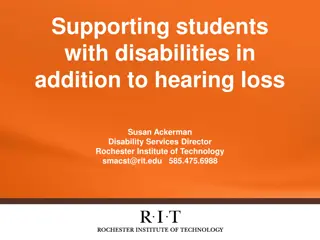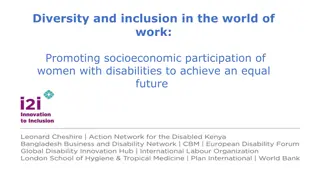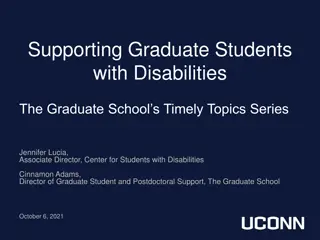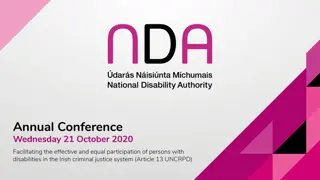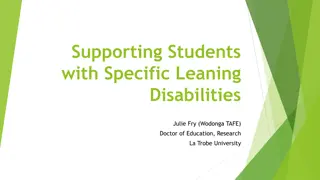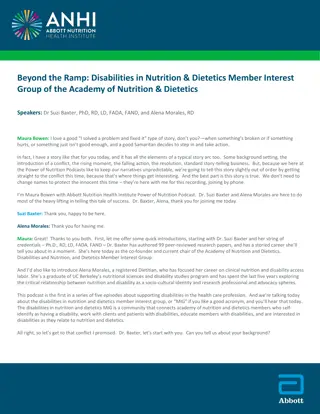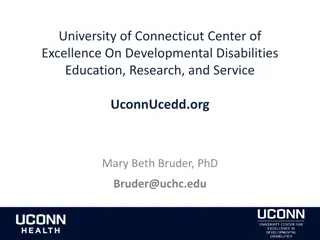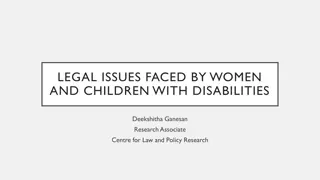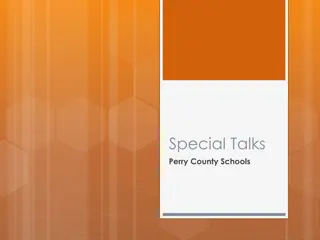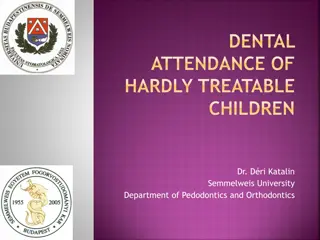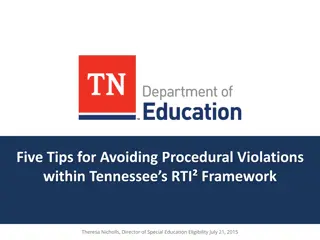Supporting Students with Hidden Disabilities
Students with hidden disabilities may appear typical but face internal challenges in cognition, social interactions, communication, mental health, trauma, and emotional regulation. This emphasizes the importance of relationships, cooperation, effective communication, assuming good will, and practicing patience in educational settings. Best practices include keeping things simple, being patient with students, staff, and parents, and building strong relationships to support student success.
Download Presentation

Please find below an Image/Link to download the presentation.
The content on the website is provided AS IS for your information and personal use only. It may not be sold, licensed, or shared on other websites without obtaining consent from the author.If you encounter any issues during the download, it is possible that the publisher has removed the file from their server.
You are allowed to download the files provided on this website for personal or commercial use, subject to the condition that they are used lawfully. All files are the property of their respective owners.
The content on the website is provided AS IS for your information and personal use only. It may not be sold, licensed, or shared on other websites without obtaining consent from the author.
E N D
Presentation Transcript
Division of Student Services Dr. Jayna Jenkins, Director Behavior, Psychological, and Social Work Services
These students may look like typical children Their disability is internal: Hidden Disabilities Cognition Social interactions Communication Mental health Trauma Emotional regulation
Top Five Takeaways 1. Relationships Matter 2. Cooperation Follows Relationships 3. Nonverbal & Verbal Communication Matters 4. Assume Good Will 5. Be patient!
Best Practices Keep Be Build Keep things simple, short to the point Be Patient with student, staff and parents Build Relationships
Thank you for your service to Brevard Public Schools and our students!
